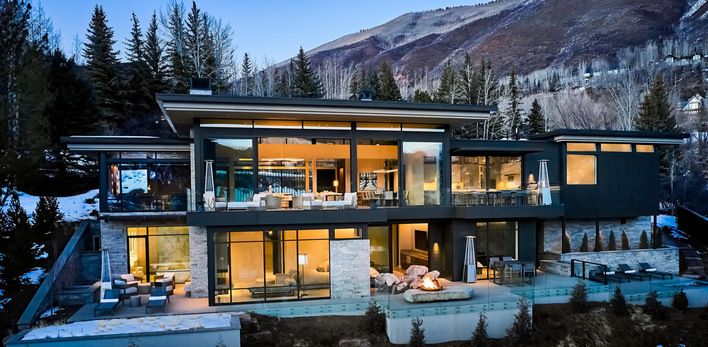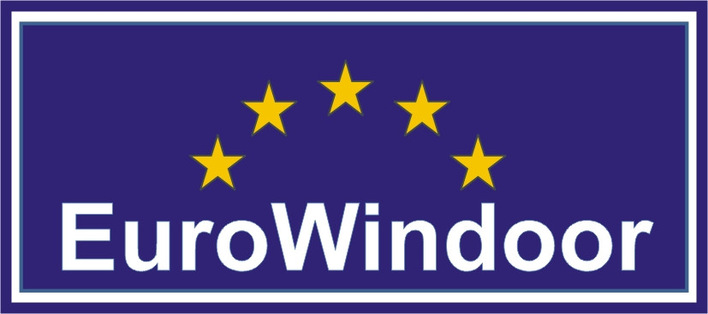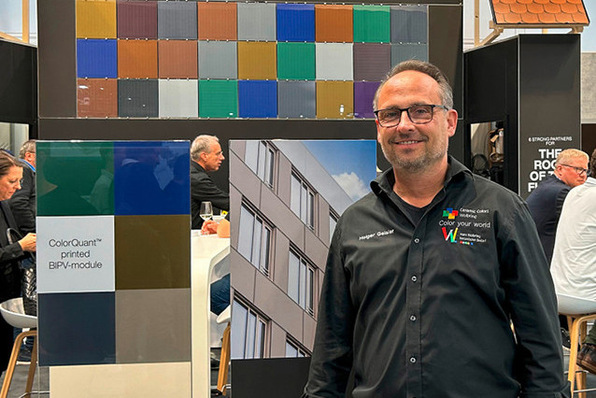Barranquilla in Columbia is a port city on the banks on the river Magdalena and the capital city of Departamento del Atlántico. The city is known internationally for its carnival and cumbia music and now also for the 84 m-high La Ventana al Mundo monument (The Window to the World). In addition to its imposing dimensions, the sculpture, which stands in the middle of a roundabout, has an impressive colour design.
The massive steel and aluminium frame holds more than 2000 m2 of colourful laminated safety glass arranged in a harlequin pattern. Panes in shades of red, yellow, green, blue and white form the vibrant façade of the entire structure. “The glass also allowed the architect to give the monument the specific look she had in mind: a design which was impressive, cheerful, vibrant and innovative in equal measure,” explains Christian Daes from Tecnoglass, the company that provided the glazing for the sculpture.
Given the height of the structure and the environmental influences, laminated safety glass is a key factor when it comes to ensuring the load-bearing capacity, resilience and clarity necessary to allow the monument to retain its impressive appearance for as long as possible.

For this, the engineers turned to Trosifol, the laminated safety glass interlayer manufacturer. From the extension portfolio they chose two products with the appropriate features and aesthetic options.
For the upper horizontal surfaces of the monument they specified a a 1.52 mm-thick SentryGlas ionoplast interlayer between two 6 mm-thick panes made from low iron-oxide glass. The panes in the bottom section consist of a 1.52 mm SentryGlas film between a 6 mm and a 4 mm-thick glass. For the main structure a 1.14 mm-thick Trosifol UltraClear polyvinyl butyral interlayer (PVB) was used between two 4 mm-thick panes. The colour was generated using a full-surface ceramic screen print in position 4.
Designed for hurricanes of up to 200 km/h
Both interlayers were selected on the basis of their residual load-bearing capacity following breakage, their resistance against environmental influences, as well as the fact that they have the best edge stability in the industry.
What’s more, the visual properties of Trosifol UltraClear made it possible to depict the most intense screen printing colours without distortion. Diana Escorcia Borelly, architect at GA estudio: “The glazing is the dominant aesthetic component of the design. The combination of colours and the reflection of the environment give the monument the perfect visual appearance. Another reason for using laminated safety glass was the increased risk of potential lightning strikes.”

“More than 800 panes of glass were required for this project,” explains Daes, “60 per cent of which featured standard dimensions of 1 × 2.10 m. The other 40% of the panes have different geometries and dimensions due to the irregular shape of the monument.
Added to this is the fact that monument has to be resistant to hurricanes and explosions. For instance, it can withstand wind speeds of up to 200 km/h.”













